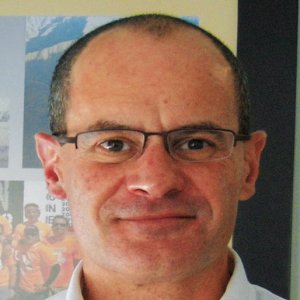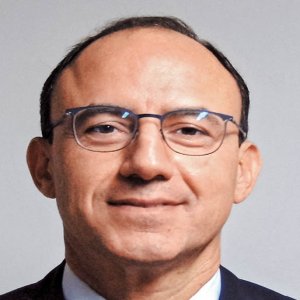Processing Times Slowing Mexico Down

STORY INLINE POST
The paradigm is set: Mexico has the correct infrastructure in place, an ideal mix of ethnicities and research talent and a privileged location close to the US and relatively easy to reach from Europe, but despite the hopes expressed by industry insiders in previous Mexico Health Review editions, the percentage of global clinical trials carried out in Mexico is decreasing rather than increasing, according to clinicaltrials.gov.
However, the sentiment in the industry remains optimistic and Israel Vega, Clinical Operational Manager of PRA Health Sciences, believes that the trend will pick up. “We should have more than 1 percent of trials. We are close to the US, so we could act as a hub for processes that are currently being done in Panama,” he says.
PRA Health Sciences is a US-based CRO with 41 years of expertise in clinical research, phase I-IIa, phase II-III, post-approval, safety and risk management, biosimilars, rare diseases and oncology. It operates in over 80 countries and is one of the largest CROs in the world.
According to clinicaltrials.gov, Mexico performs only 1 percent of global clinical trials, whereas the US carries out 42 percent and Brazil 2 percent. Asia performs 15.4 percent compared to 5.5 percent in Central and South America and the Caribbean.
“Mexico usually does very little phase I testing, that is done elsewhere. We concentrate on phase II and phase III,” says Vega. He explains that despite faster timelines in Mexico over the past few years, there is yet work to be done.
“Although timelines have been improved, it still takes us six to seven months from receiving the protocol to begin enrolling subjects in the first site. In the US, this can be done in two to three weeks. In Guatemala or Panama, it can be started in three to four months,” Vega says.
It is not just the timelines, Vega adds, it is the system. Brazil, for example, remains an attractive destination because although it takes 11 to 13 months to set up a trial, due to the health system working differently it is possible to enroll 100 subjects in just one day. “That’s something we cannot compete against.”
The Mexican government is stepping up its efforts to attract further clinical trials. In addition to speeding up processing times to become more attractive against other countries. In December 2016 the IMSS modified its terms and conditions for conducting clinical trials, which has sparked widespread interest among the private sector as the IMSS’ large population of beneficiaries is an ideal patient base for carrying out sponsored clinical trials. IMSS, the country’s largest health institute, reports that as of May 31, 2017, it had 19.04 million affiliated workers. “Over the past year the agreements we have with public institutions have changed: we are now able to work with IMSS,” Vega says.
He explains that the CRO will work through the department of research at IMSS, contacting researchers centrally. Researchers will not be able to carry out more than two active studies at a time.
IMSS clinical trials will mostly focus on treating the conditions that weigh down a large proportion of the population and thus the institute, such as diabetes, cardiovascular diseases and cancer. “They also have the potential to conduct rare disease trials,” Vega adds. “I think that starting to work with IMSS in 2017 will be a big boost to the sector. We will get a lot of patients and quick results. If we focus on not losing quality, then it could be the first step toward opening up the market.” He adds that the industry has seen increased interest in Mexico from Big Pharma and that negotiations have already begun to conduct clinical trials with ISSSTE.
Vega also does not believe that the general economic fluctuations of 2016/2017 will keep the industry down. “Peso depreciation will probably not impact the attractiveness of Mexico as a destination for clinical trials because most budgets are still negotiated in US dollars,” says Vega.






















